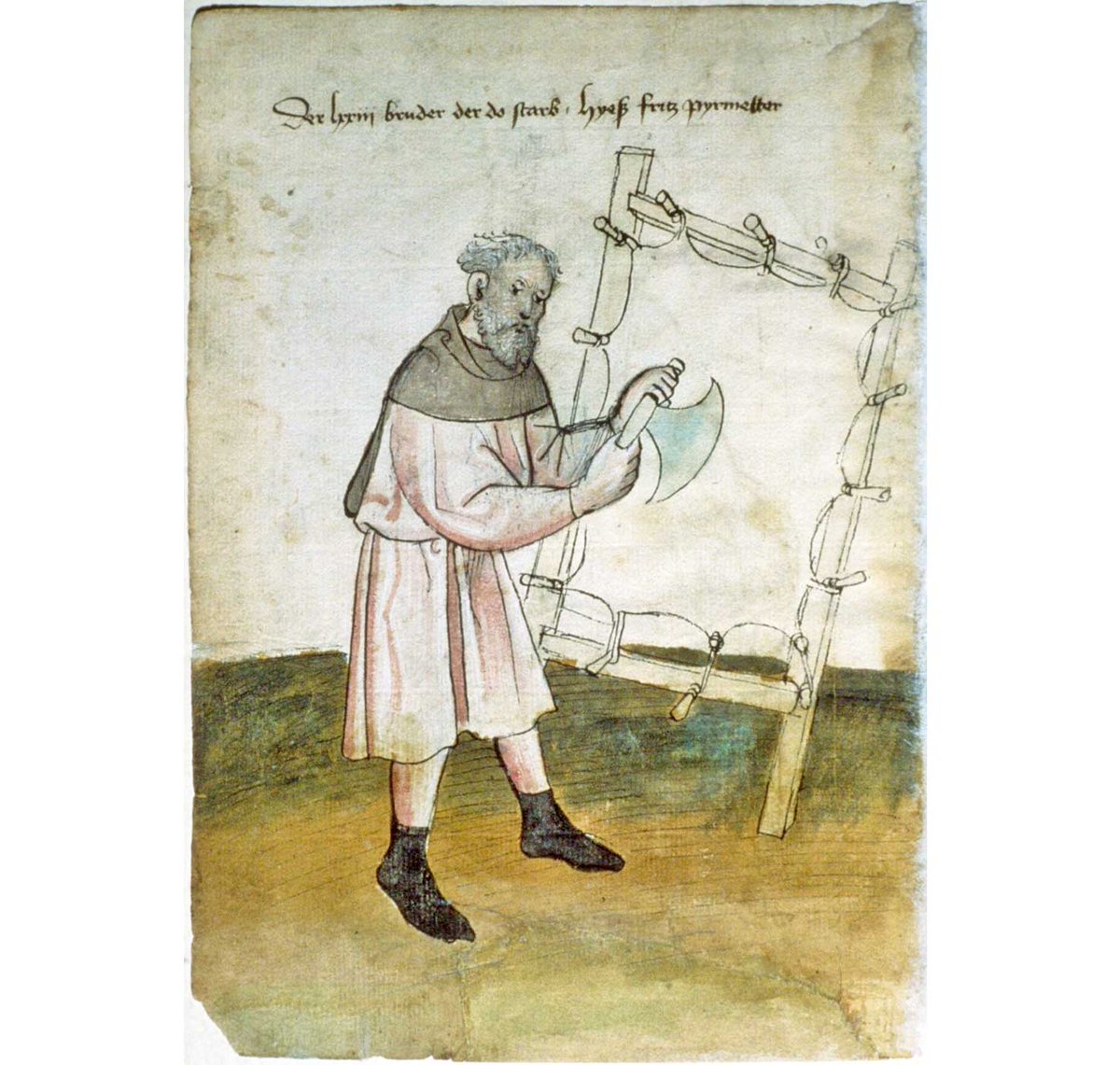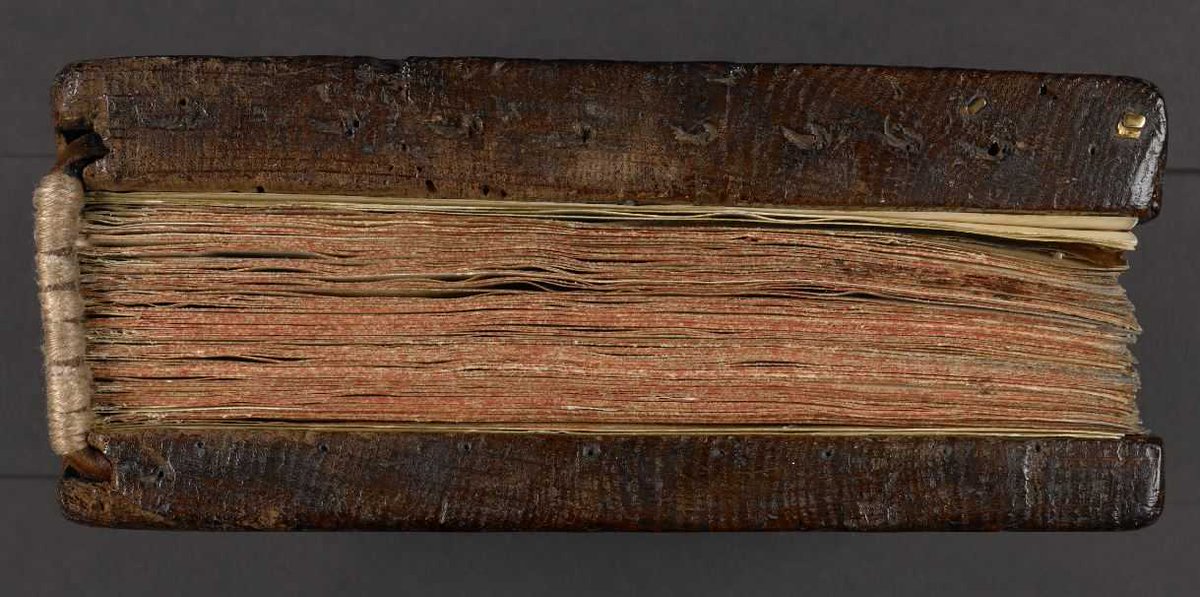
Come for the posture, stay for the trousers: Captain Godfrey Rodrigues' "Correct Posture - It's Meaning and It's Results", printed in Chicago, 1925. Our hero, Capt Rodrigues, was apparently known as "The Tsar of Posture", although not, alas, as "The Tsar of The Possessive Its"... 



The book recounts the philosophy of physical health (basically, don't overstrain, but take lots of long country walks while holding in your stomach) of Captain Rodrigues, who is, as you'd expect, featured prominently in all his *HAWT* glory... 

To add spice though, various other muscled athletic men are shown, also shirtless of course - with dire warnings that they all died young due to excessive exercise and their failure to adopt Captain Rodrigues's rules of good posture... 

Capt. Rodrigues went on extensive motivational and lecture tours to promote his ideas on posture. This photo is entitled "Capt. Rodrigues addressing a group of workers", when of course it should be entitled "Capt. Rodrigues addressing a group of (confused & bemused) workers"... 

• • •
Missing some Tweet in this thread? You can try to
force a refresh




















